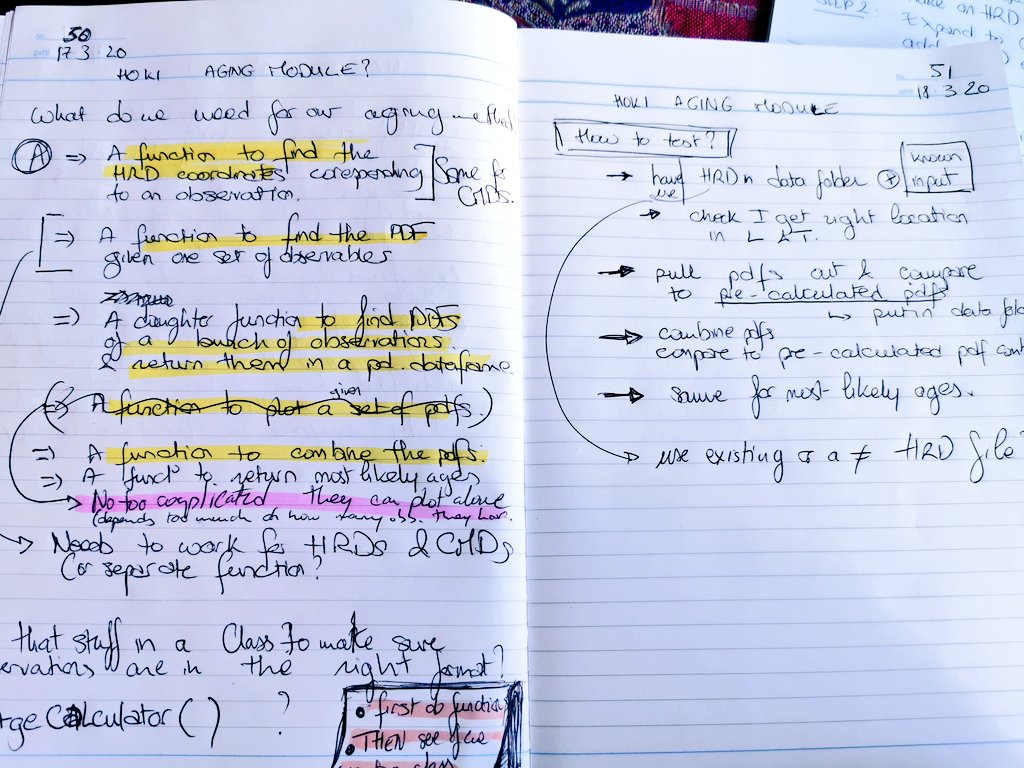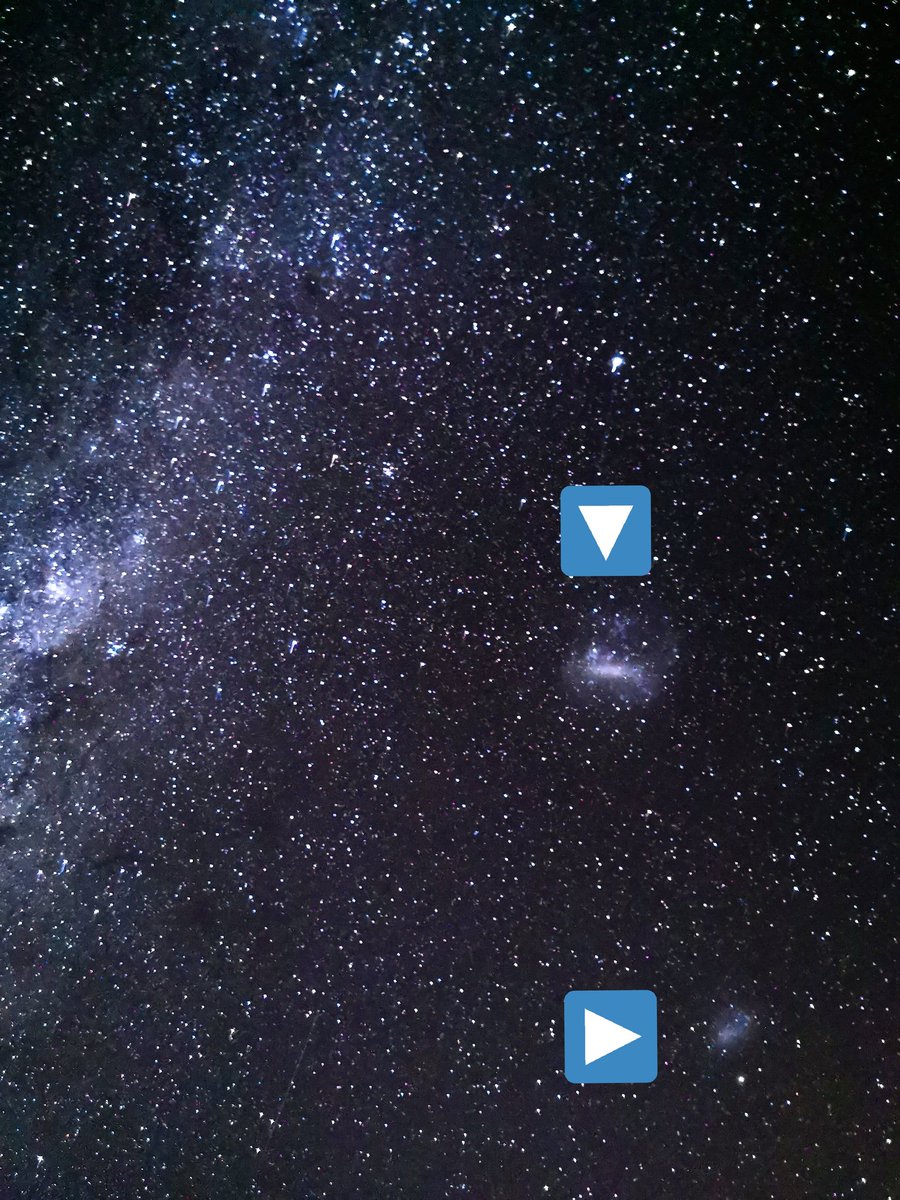
Hot take in a #Thread
The #WorkLifeBalance most often preached online (9 to 5, don't let your work bleed into your personal life etc) is centered on the neurotypical experience.
It's good advice for most people.
It's not relevant for me and it's been a lonely journey
1/
The #WorkLifeBalance most often preached online (9 to 5, don't let your work bleed into your personal life etc) is centered on the neurotypical experience.
It's good advice for most people.
It's not relevant for me and it's been a lonely journey
1/
My PhD and my research aren't "just a job". Telling me "it's just a job" doesn't help.
It's my special interest, it's an inherent part of me and my life.
But at the same time I have to be careful to not become obsessive and short-sighted. And this is hard work
2/
It's my special interest, it's an inherent part of me and my life.
But at the same time I have to be careful to not become obsessive and short-sighted. And this is hard work
2/
Taking a step back and monitoring my hours aren't an easy option for me.
I had to learn how my brain works, how it's needs vary over time with different factors: some external stimuli, some internal physiology.
3/
I had to learn how my brain works, how it's needs vary over time with different factors: some external stimuli, some internal physiology.
3/
Why am I saying all this? Because my #WorkLifeBalance won't look like yours.
Some days I work 12 hours. Some days I work 4.
Some weeks I work week ends, sometimes I take the Thursday off.
4/
Some days I work 12 hours. Some days I work 4.
Some weeks I work week ends, sometimes I take the Thursday off.
4/
I'll email you at odd times, not to pressure you but because otherwise I'll forget. I don t expect you to reply
I'll "work" on holiday because if making a plot is what my brain wants to not get bored, I'm going to listen to it. I don't expect YOU to work on your holiday.
5/
I'll "work" on holiday because if making a plot is what my brain wants to not get bored, I'm going to listen to it. I don't expect YOU to work on your holiday.
5/
The lesson is, COMMUNICATE your needs and boundaries, don't assume people are crossing them because their work-life balance doesn't look like yours.
And if you're neurodivergent, don't feel bad if your habits don't look like those of your colleagues.
@AcademicChatter
6/6
And if you're neurodivergent, don't feel bad if your habits don't look like those of your colleagues.
@AcademicChatter
6/6
• • •
Missing some Tweet in this thread? You can try to
force a refresh










